When you’re searching for car parts on an online platform, you’ll inevitably encounter options labeled “OEM,” “Aftermarket,” and sometimes “Used” or “Remanufactured.” Each category has distinct characteristics regarding quality, cost, and availability, and understanding these differences is crucial for making the best choice for your specific repair needs and budget.
1. OEM (Original Equipment Manufacturer) Parts:
- What they are: These are parts made by the original manufacturer of your vehicle (e.g., a Honda part for a Honda car) or by a supplier that provides parts directly to the car manufacturer for assembly in the factory. They are identical to the components your car had when it rolled off the production line.
- Pros:
- Guaranteed Fit & Quality: Designed and engineered specifically for your vehicle, ensuring perfect fitment and performance.
- Reliability & Durability: Often built to stringent factory standards, leading to excellent longevity.
- Warranty: Typically come with a manufacturer’s warranty.
- Cons:
- Highest Cost: Generally the most expensive option.
- Availability: May require ordering directly from a dealership, potentially leading to longer wait times for some parts.
- Best for: Critical components (e.g., engine internals, transmission parts, safety systems like airbags), warranty-sensitive repairs, or when perfect fitment and factory performance are paramount.
2. Aftermarket Parts:
- What they are: Parts produced by companies other than the original car manufacturer. These companies specialize in creating components that are compatible with various car models, often focusing on a specific type of part (e.g., brake pads, alternators, suspension components).
- Pros:
- More Affordable: Significantly cheaper than OEM parts, often offering substantial savings.
- Wider Selection: A vast array of brands and quality levels, from budget-friendly options to high-performance upgrades.
- Innovation: Some aftermarket companies introduce design improvements or performance enhancements over OEM parts.
- Availability: Generally widely available through online platforms and local auto parts stores.
- Cons:
- Variable Quality: Quality can range from excellent (often comparable to OEM) to very poor. Researching reputable aftermarket brands is crucial.
- Fitment Issues: While generally good, some aftermarket parts might require minor modifications or may not fit as perfectly as OEM.
- Warranty: Varies by aftermarket manufacturer.
- Best for: Common wear-and-tear items (e.g., brake pads, filters, spark plugs), parts where cost is a major concern, or when seeking performance upgrades.
3. Used (Salvage/Recycled) Parts:
- What they are: Components pulled from dismantled vehicles, often from junkyards or salvage yards.
- Pros:
- Lowest Cost: The cheapest option, especially for large assemblies or rare parts.
- Originality: You’re getting an original part from an actual vehicle.
- Environmental Benefit: Reusing parts reduces waste.
- Cons:
- Unknown History: The mileage, condition, and stress the part endured in its previous life are often unknown.
- No Warranty (or limited): Warranties are often very short or non-existent.
- Wear & Tear: The part already has wear, meaning its lifespan might be limited.
- Availability: Depends entirely on what vehicles are currently in the junkyard.
- Best for: Non-critical components (e.g., body panels, interior trim, window regulators), or for very old/rare cars where new parts are impossible to find.
4. Remanufactured Parts:
- What they are: Used parts that have been disassembled, cleaned, inspected, and rebuilt to original specifications with new or reconditioned components. (e.g., alternators, starters, engines, transmissions).
- Pros:
- Cost-Effective: Cheaper than new OEM but often offer better quality than used.
- Reliable: Rebuilt to meet specific standards, often with a warranty.
- Cons: Still a rebuilt part, not brand new.
- Best for: Major components where a new OEM part is too expensive, but you want more reliability than a simply “used” part.
By weighing the pros and cons of each type, you can make an informed decision on online platforms that best suits your repair, budget, and desired level of quality.


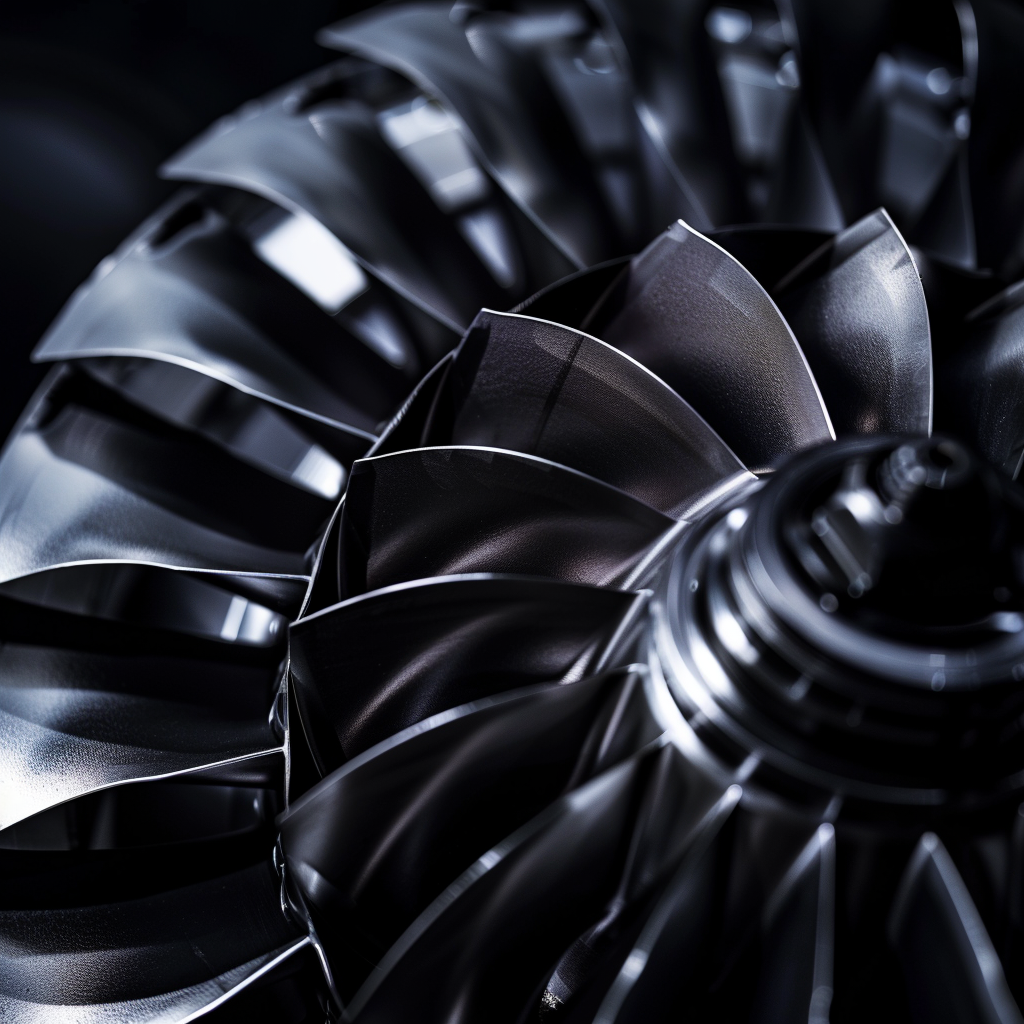
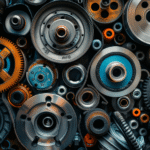
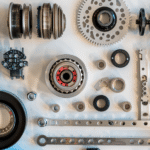
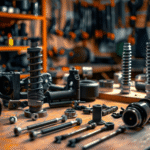
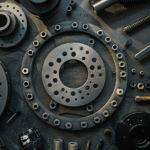
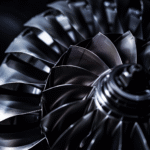
Leave a Reply